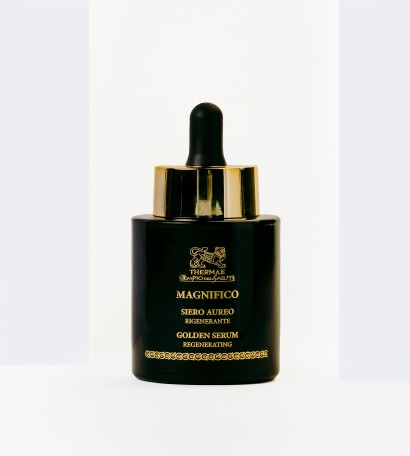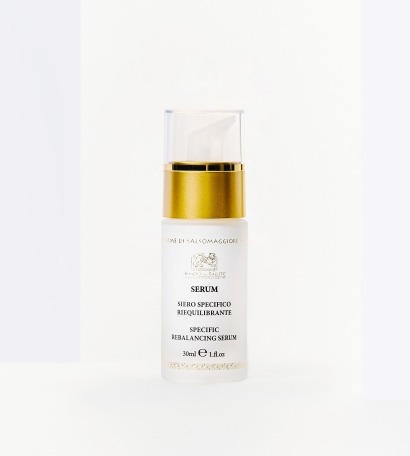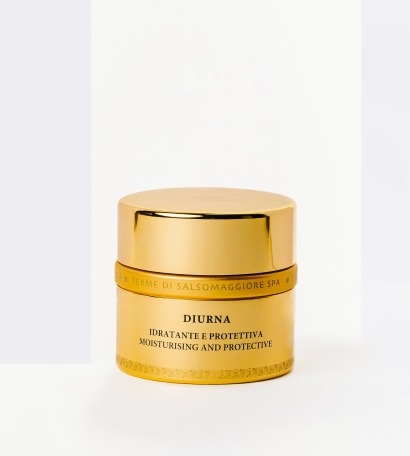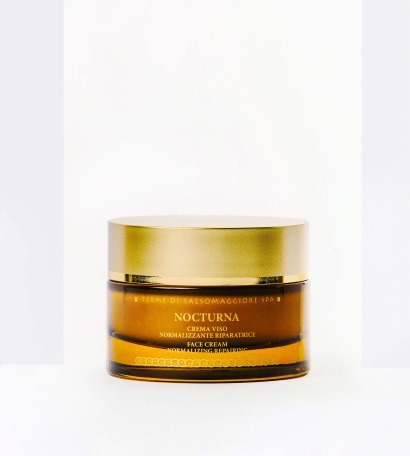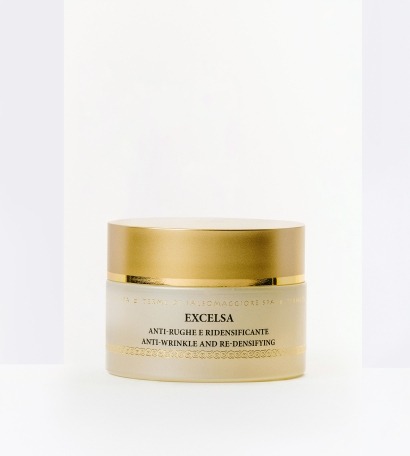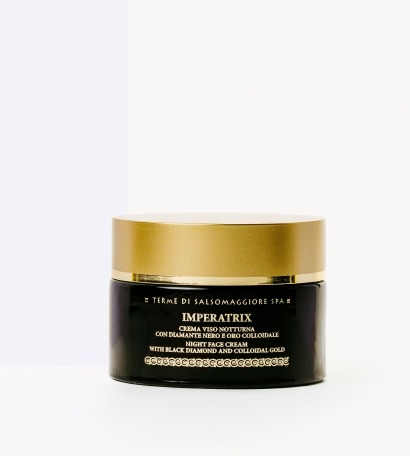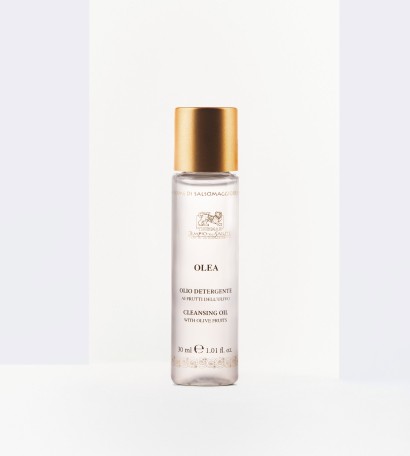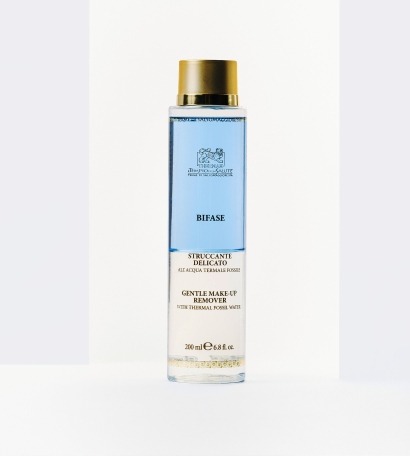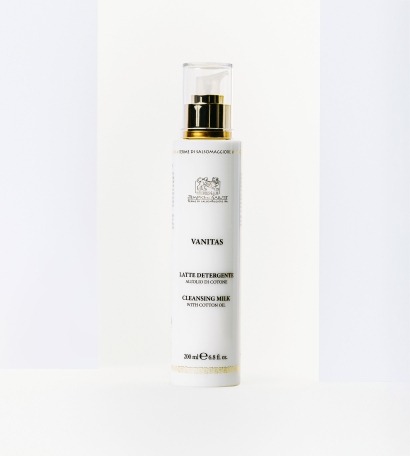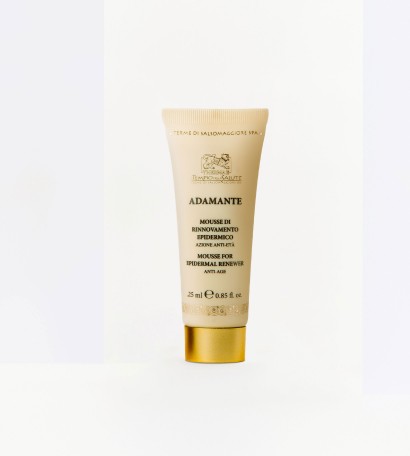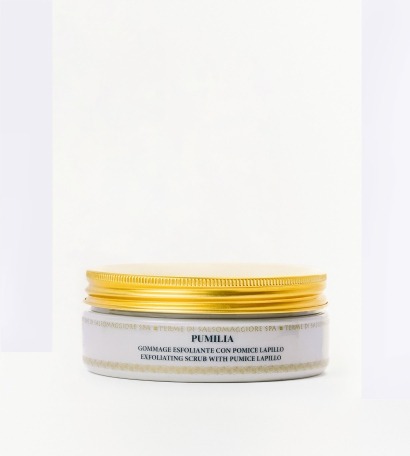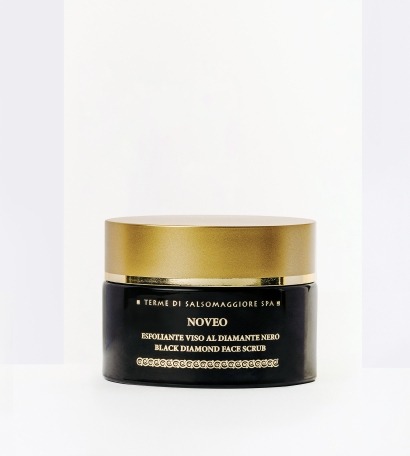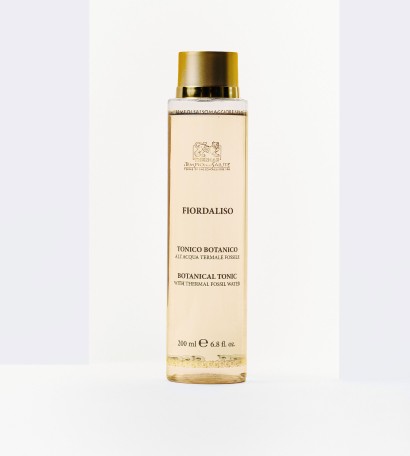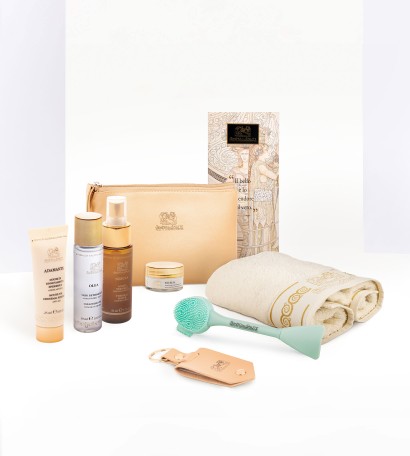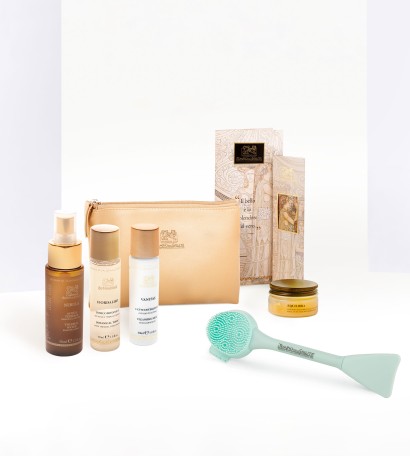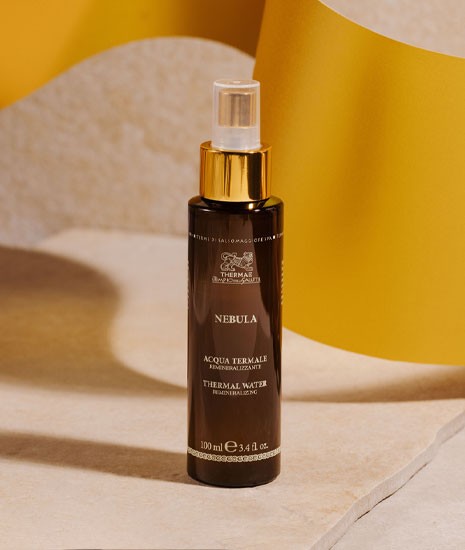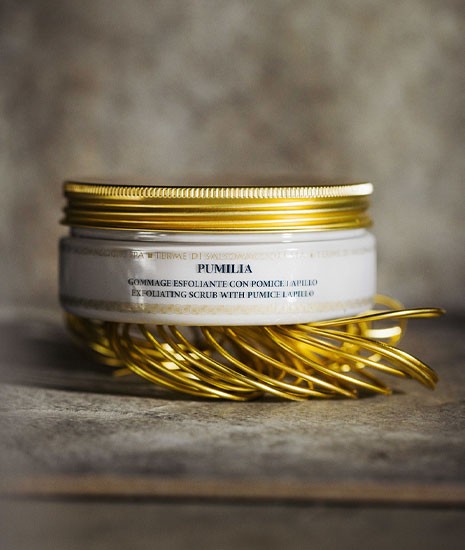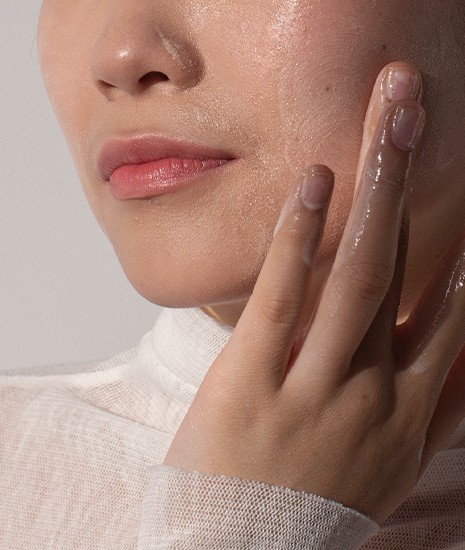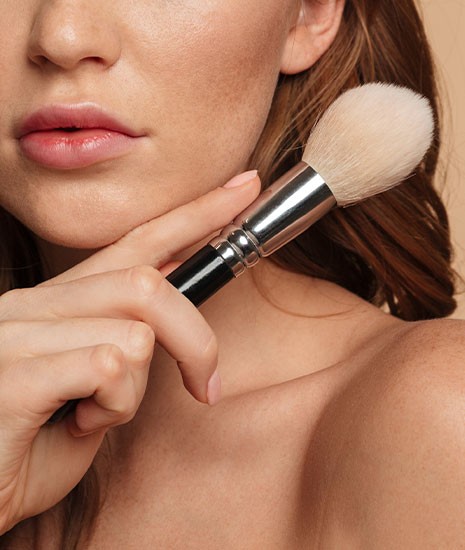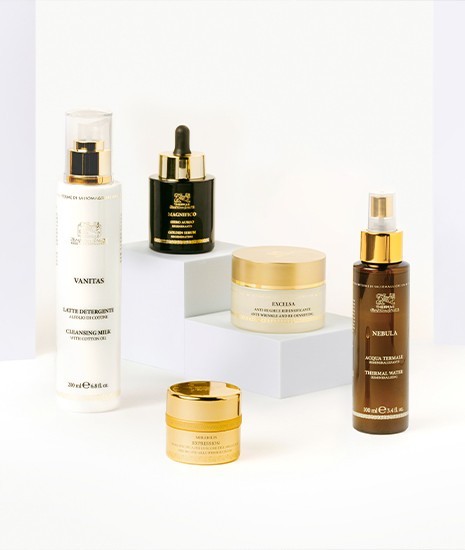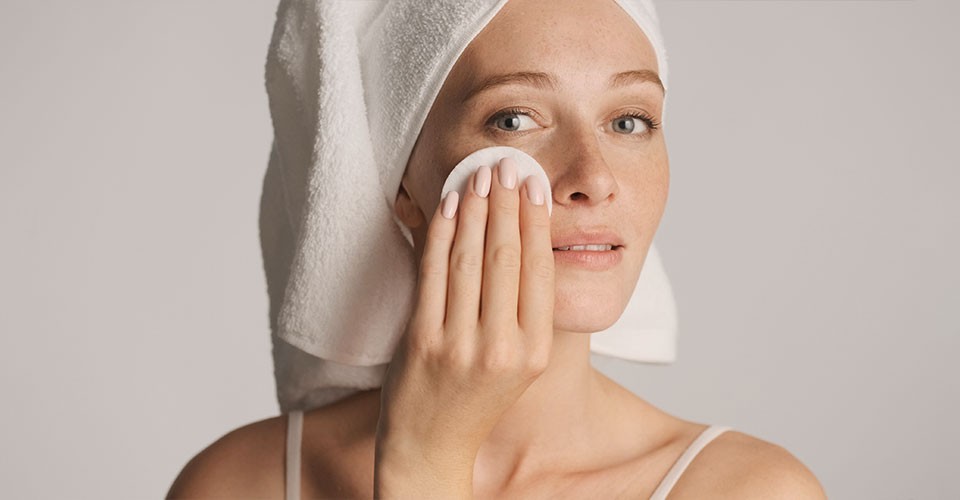
Soft, clean and glowing skin: 4 steps for facial cleansing
Facial cleansing is more than just a step in a skincare routine: it's a fundamental act for the health of our skin, which is exposed every day to many potentially harmful external factors. It is essential not only for keeping the skin clean but also for preventing issues like clogged pores and blemishes. Let's discover why it's such an important process and what the essential steps are for an effective facial cleansing, using the best products for one's skin.
The benefits of facial cleansing: why is it important to do it?
The skin is exposed daily to a range of factors that can compromise its health and appearance. From urban pollution to makeup, from sweating to the natural production of sebum, all these elements can have a significant impact on the skin, increasing the risk of clogged pores and the onset of acne, in addition to making the skin dull and lifeless.
Effective and regular cleansing removes impurities, allowing the skin to breathe and function properly. This process not only prevents skin problems but also prepares the skin for optimal absorption of subsequent products, such as serums and moisturizers.
Moreover, proper cleansing helps maintain the natural pH balance of the skin, essential for preserving its protective barrier against irritants and pollutants and avoiding issues like dryness, irritation or excessive oiliness.
When to perform facial cleansing?
Facial cleansing should be done twice a day:
- In the morning: a morning cleanse helps to remove excess sebum produced overnight and accumulated dead skin cells, leaving the skin fresh and ready for the application of skincare products like serums and moisturizers. Moreover, a clean face in the morning ensures better adherence and longevity of makeup.
- In the evening: evening cleansing is crucial for removing impurities that have accumulated throughout the day, such as makeup, sweat, dust and environmental pollutants. This step not only prevents the clogging of pores and the appearance of blemishes but is also essential for allowing the skin to breathe and regenerate overnight.
For those who engage in intense physical activity, a gentle cleanse after exercising can also be beneficial to remove sweat and prevent clogged pores.
However, it is important to avoid over-cleansing, as washing the face more times a day than necessary can strip the skin of its natural oils, leading to dryness and irritation.
4 Steps for an effective facial cleansing
To get the most out of your facial cleansing routine, it's essential to follow some key steps. These steps are designed to ensure not just cleanliness but also nourishment and protection for the skin.
Here are the 4 steps for an effective facial cleansing.
1. Remove makeup
The first essential step in facial cleansing, especially in the evening, is makeup removal, a crucial action both for those who wear makeup and for those who apply sunscreen daily to prevent clogged pores and prepare the skin for subsequent treatments.
For effective makeup removal, it is important to choose the right product. Cleansing oils, like our Olea, are excellent for effectively dissolving makeup and removing excess sebum without harshly affecting the skin. A gentle two-phase makeup remover, like our Bifase, is an effective alternative that can remove all types of makeup, including waterproof and leaves the skin clean and hydrated.
The makeup remover should be applied to a dry face, gently massaged to dissolve the makeup, especially in the delicate eye area. After dissolving the makeup, rinse with lukewarm water or remove the product with a soft cloth or sponge, making sure to eliminate any residue.
2. Cleanse the facial skin
After removing makeup, it's important to use a cleanser suitable for your skin type to remove deeper impurities, such as excess sebum, dirt and dead skin cells. This step not only cleans the skin but also prepares it to better absorb subsequent treatments.
Gently massage the cleanser (it can be an oil, micellar water or a cleansing milk like Vanitas) onto damp skin in circular motions, then rinse with lukewarm water.
Avoid water that's too hot or too cold, as it can irritate the skin or not effectively remove the cleanser, risking that any residue might cause irritation or clog pores.
3. Exfoliate the face
Exfoliation is a crucial step in the facial cleansing routine, essential for removing dead skin cells and stimulating cell renewal. When done correctly, this step leaves the skin smoother, brighter and ready to receive subsequent treatments.
For effective and gentle exfoliation, it's recommended to use a gentle scrub or a gommage. Using a scrub once or twice a week helps to free the skin from dead cells through a mechanical action.
Gommage, on the other hand, offers a gentler alternative to traditional scrubbing and is particularly suitable for sensitive skin or for those who prefer a lighter exfoliation.
4. Apply a rebalancing Tonic
After cleansing, it's essential to rebalance the skin to restore its natural pH, which can be altered by the previous processes.
In this case, a gentle tonic, like our Fiordaliso, helps to refine pores, hydrates the skin and prepares it to receive the subsequent treatments of the skincare routine, such as serums and moisturizers.
Facial cleansing brushes and accessories
In your beauty routine, in addition to using specific facial cleansing products, it's important to consider brushes and other accessories that can make this process more effective and enjoyable. The right tools not only facilitate the removal of makeup and impurities but can also improve the health and appearance of your skin.
For example, after applying the cleanser, using facial brushes can be a great addition to your cleansing routine.
Facial brushes (like those included as a gift in our Puro Lusso set and in our rebalancing and purifying set), with soft and delicate bristles, help to exfoliate the skin by effectively removing dead cells, sebum and makeup traces. Move the brush in gentle circular motions across the entire face to stimulate circulation and ensure deep cleansing.
After using these accessories, rinse your face with lukewarm water to remove any residual cleanser or impurities.
What to do after cleansing your face?
Once you've completed the cleansing steps and applied toner, it's time to move on to specific treatments, such as serums or targeted products for particular needs like anti-aging, acne or hyperpigmentation. These products are formulated to act deeply, thanks to their ability to penetrate the inner layers of the skin and should be applied before thicker creams.
After the serum, it's time to apply a moisturizer that helps maintain its natural barrier. Moreover, when we talk about morning facial cleansing, one must not forget to also apply sunscreen. This is a crucial step to protect the skin from damage caused by UV rays, which are one of the main causes of skin aging and other skin issues.
How to choose the right products for cleansing your face
Choosing facial cleansing products is a crucial step that requires a deep understanding of your skin type. Indeed, each of us has specific needs and requires cosmetics formulated to respect and enhance the unique characteristics of our skin. Here are some tips on how to choose the right facial cleansing products, based on skin type:
- Cleansing for oily skin: for this skin type, it's advisable to use cleansers that help regulate sebum production without overly drying the skin tissue; while scrubs with fine granules are useful for removing dead cells and purifying pores, it's important not to overdo it to avoid irritation.
- Cleansing for combination skin: you can opt for makeup removers and cleansers that effectively clean without altering the skin's hydro-lipid balance. For exfoliation, it's possible to alternate between scrubs and gommage, depending on your skin's sensitivity. Gommages, being gentler, are often preferable in drier or more sensitive areas.
- Cleansing for sensitive or dry skin: it's essential to choose very gentle cleansers and makeup removers, preferably without fragrances or alcohol, which can irritate the skin. Instead of a scrub, which can be too aggressive, a gentle gommage that exfoliates without causing skin stress is recommended. These products help to remove impurities while maintaining the integrity of the skin barrier.
Facial cleansing: few steps for a clean and healthy skin
A well-structured facial cleansing routine is much more than a simple beauty ritual: it's a fundamental investment in the health and wellbeing of your skin. The key to an effective routine is consistency and the choice of products suitable for your skin type and its specific needs. With the right attention and a bit of time dedicated to self-care, your skin will appear brighter and healthier.


